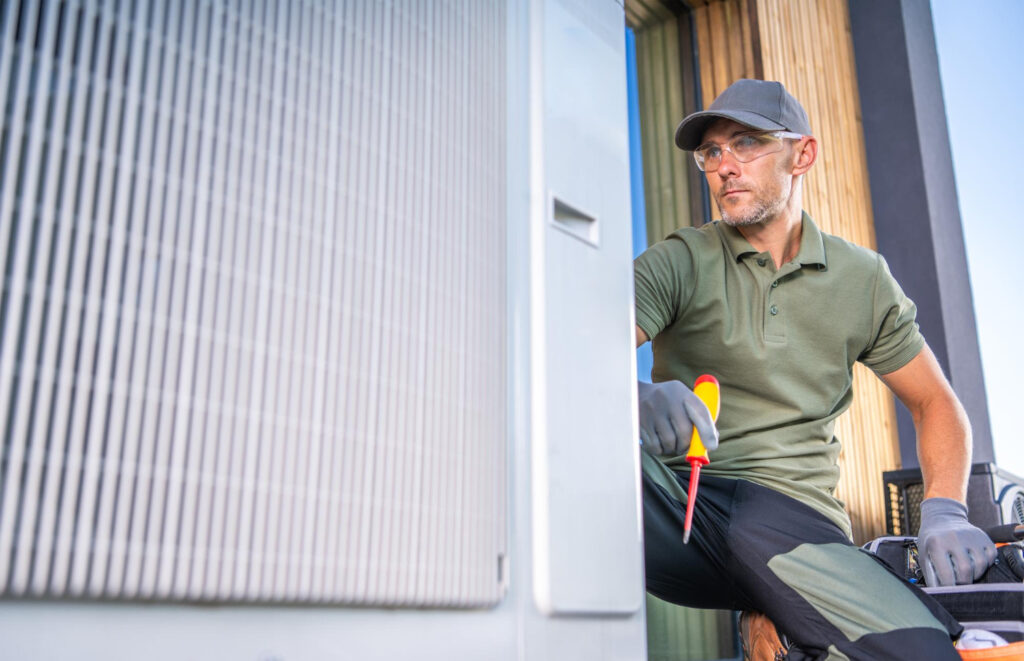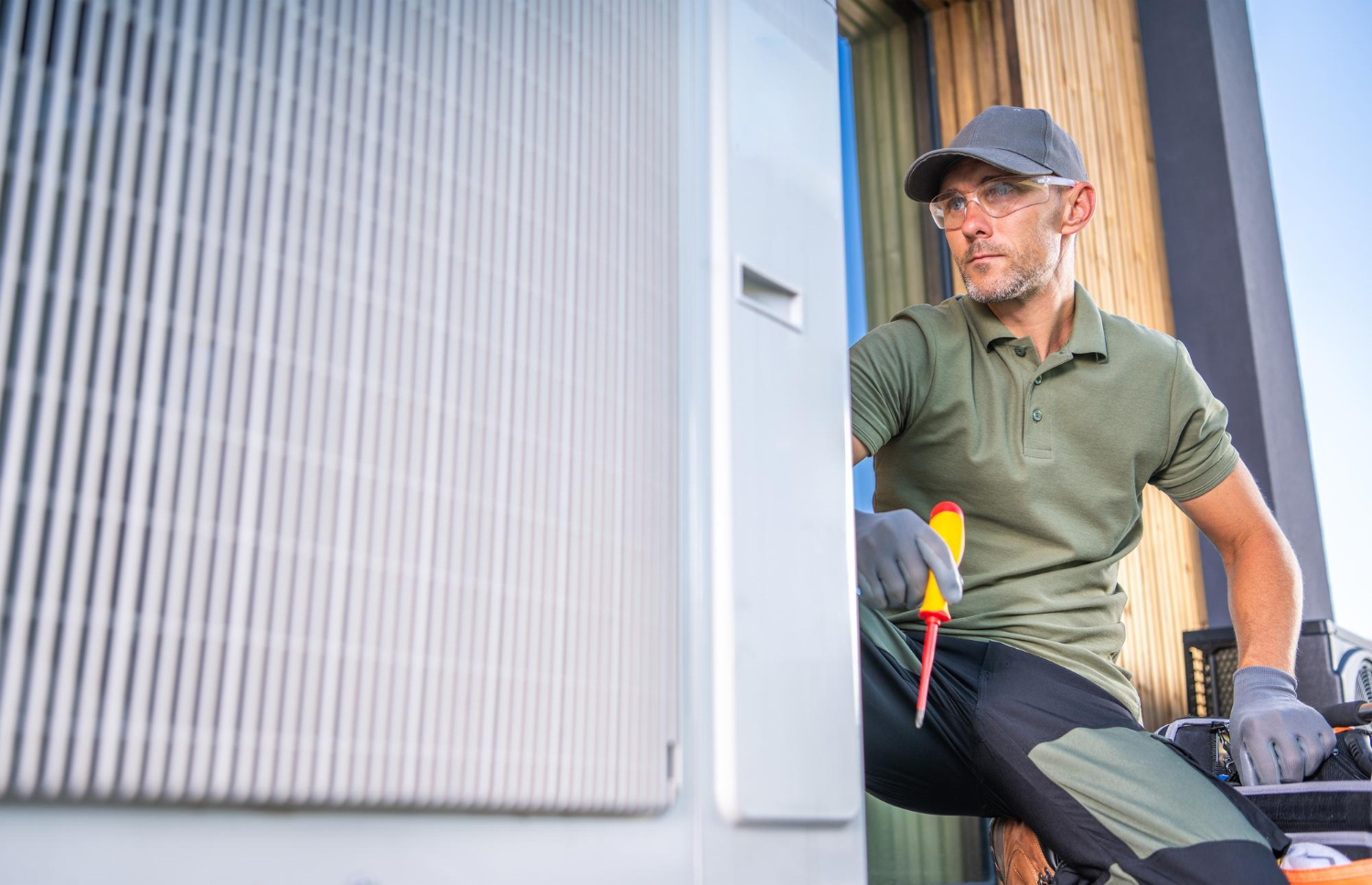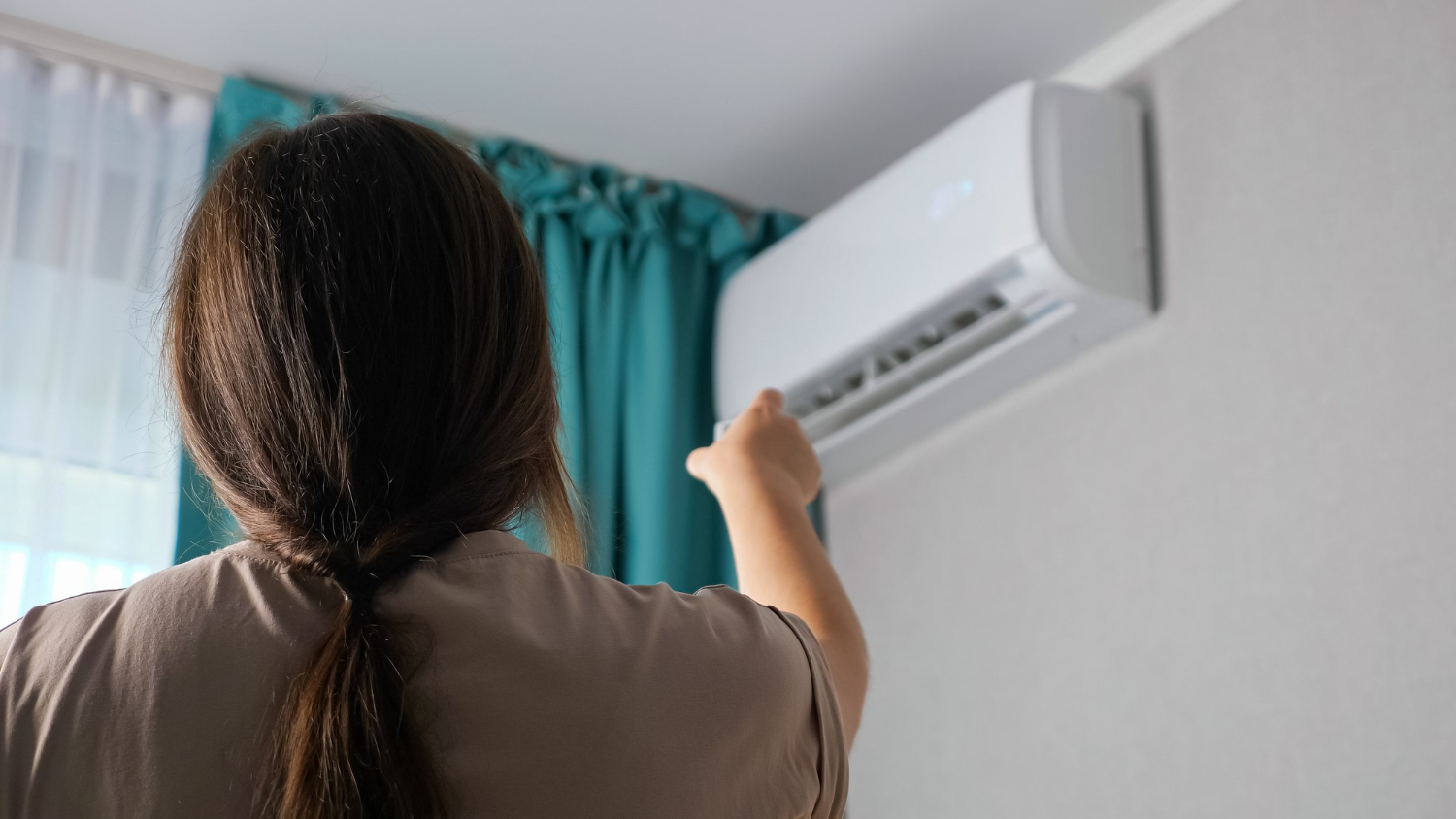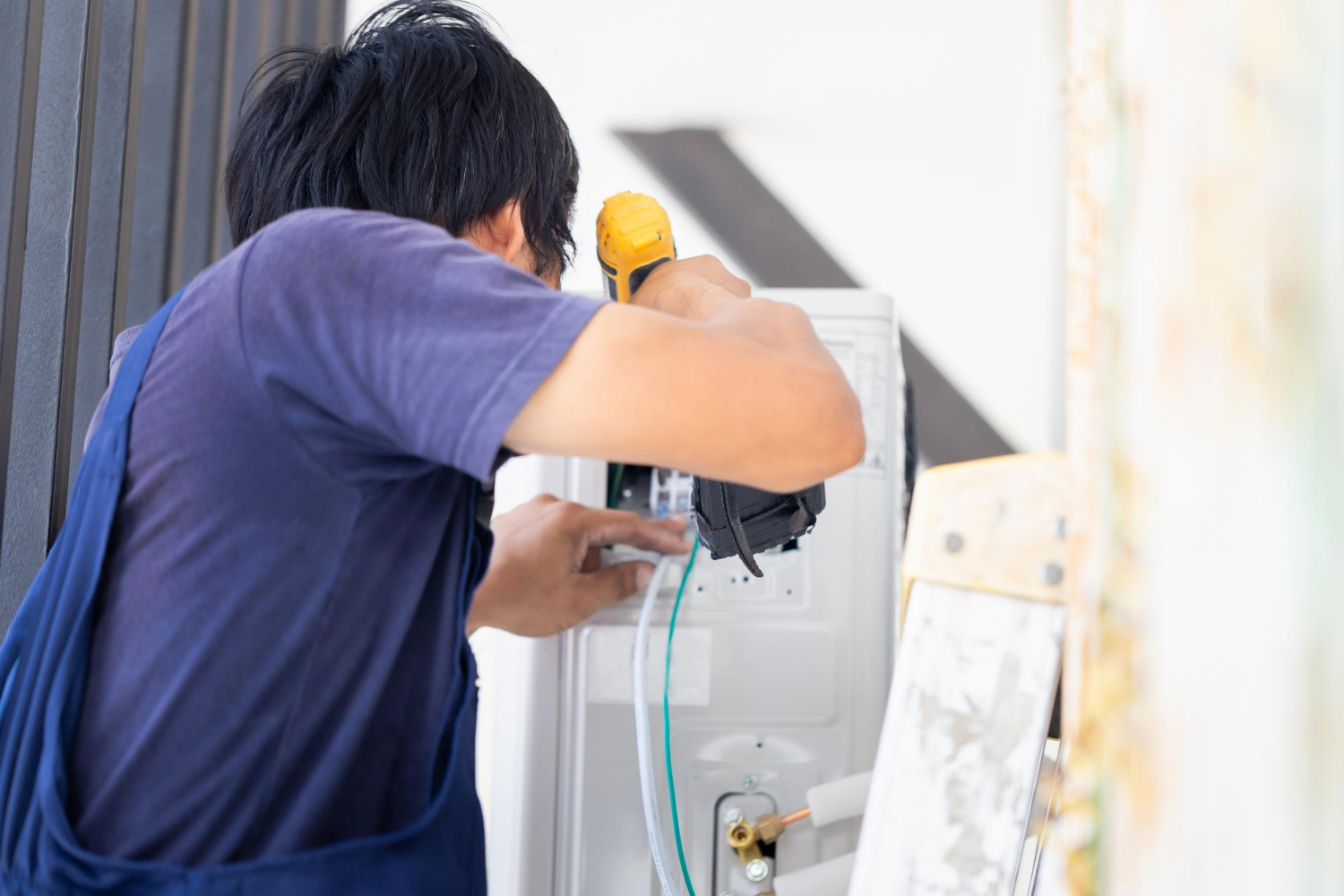When summer hits Olney, a reliable AC system becomes one of the most important tools for keeping your indoor space comfortable. But things can go wrong when the AC condenser starts to fail. Even if the system powers on, a malfunctioning condenser can quickly lead to poor airflow, inconsistent cooling, or an uncomfortable jump in energy costs. If the signs aren’t caught early, what starts as a small condenser issue can lead to full system failure right when you need it most.
Failures in the condenser often come without much notice. One day, everything seems to be working fine, and the next, you’re left trying to cool your home while warm air blows through the vents. The good news is that there are clear warning signs to watch out for. Knowing these early signs can help you take action before the issue gets worse and saves you from more costly and urgent repairs later on.
Signs Your AC Condenser Is Failing
When your AC system stops working like it used to, the condenser is often one of the components behind it. Here are some of the most common indicators that the AC condenser in your Olney property may be failing:
- Weak or warm airflow from vents
If your vents are blowing air that feels much warmer than the thermostat setting or the airflow seems weaker than usual, the condenser could be to blame. When this part fails, refrigerant cannot flow properly through the system, which keeps your home from cooling the way it should.
- Unusual noises from the outdoor unit
Clicking, buzzing, or grinding noises coming from your AC’s outdoor unit often point to a problem inside the condenser. Loose parts, motor issues, or electrical concerns tend to show up as odd sounds long before any other symptoms appear.
- Frequent system shutdowns or tripping breakers
If your AC keeps turning off suddenly or triggers the circuit breaker repeatedly, it could be working harder than it should due to a failing condenser. High electrical load or internal system strain often causes this repeated interruption.
- Increased energy bills without increased usage
When the condenser is not working efficiently, your entire system has to use more energy to try to meet your cooling needs. This typically results in a noticeable increase in your utility bills, even if your usage habits haven’t changed.
- Pooling water or refrigerant leaks around the unit
Visible puddles or moisture around the base of your outdoor unit may signal a refrigerant leak or drain issue. Condensers that have been overloaded or are failing can develop cracks or loose fittings, leading to slow leaks that get worse over time.
One example seen earlier this summer in an Olney home involved a unit that would cool for 30 minutes and then abruptly shut off. The homeowner first noticed higher electric bills, followed by the system requiring increasingly frequent resets. When our technicians checked the equipment, they found a damaged motor inside the condenser that had caused the unit to overheat and trip the breaker. The issue was caught before it led to compressor damage, but only because the signs were not ignored.
Paying attention to these early clues can make a big difference. While the condenser might not seem like the most visible part of your AC system, a problem there can impact comfort and cost you more as time goes on. It is better to act quickly and involve our professionals when any of these signs show up.
Immediate Actions to Take if You Suspect a Failing Condenser
If your AC condenser starts showing signs of problems, taking a few careful steps early can help prevent more serious damage. Acting quickly may also keep your home in Olney cooler while you wait for our professionals to assess the system.
Start with these steps:
1. Turn off the system to prevent further damage
Powering down the unit stops ongoing strain on the condenser and protects other components like the compressor or fan motor from becoming damaged.
2. Check and replace air filters
Dirty or clogged filters can restrict airflow and make the system work harder than needed. Replacing the filter may not resolve a condenser issue, but it helps keep the system efficient and reduces overheating risk.
3. Inspect the outdoor unit for obstructions
Plants, leaves, or yard debris can block airflow, putting pressure on the condenser coils. Remove anything sitting within two feet of the unit to ensure it is not being starved of air.
4. Reset the thermostat and circuit breaker
Sometimes, a system appears to fail when there has only been an electrical hiccup. Resetting both the thermostat settings and breaker switch can give you a chance to observe how the system behaves once it powers back on.
5. Call for professional diagnosis and repair
If you have gone through the checks above and the problem persists, it is time to bring in our professionals. A trained technician will check the electrical system, test key components, and pinpoint the real source of the problem so you do not waste time or money guessing.
In one case earlier this season, a property owner in Olney tried to run their AC as normal, overlooking a slight buzzing noise and occasional shutdowns. Over time, the condenser fan stopped turning completely. When our technicians arrived, they found that repeated use while the component was unstable had caused further damage to the capacitor. Catching the issue earlier could have reduced repair costs and prevented a complete loss of cooling during the peak of summer heat.
Long-Term Solutions and Maintenance Tips
After the problem has been addressed, switching to a more proactive maintenance routine can lower the risk of future condenser issues. Here are a few practical strategies to help your AC unit run smoother for longer in Olney’s warm months:
– Schedule routine professional inspections every spring before temperatures rise.
– Keep grass clippings, twigs, and other yard waste away from the unit.
– Make sure vents inside your home stay clear by not blocking them with furniture or curtains.
– Use a programmable thermostat to limit unnecessary strain on the condenser by improving temperature control.
– Replace older components like capacitors, fan motors, or coils when they are recommended for replacement instead of waiting until they fail.
These simple routines reduce wear, improve efficiency, and help our technicians spot problems before they impact your comfort.
Staying Cool During Olney’s Summer Heat
Even a small condenser problem can grow fast under heavy summer use. Getting ahead of these failures means fewer surprises and no major disruptions to daily life. When the system gives warning signs, acting sooner rather than later saves both time and money. More importantly, it keeps your home or business cool when Olney hits those high summer temperatures.
Preventive care and early service checks are not just tasks for the checklist. They are ways to extend the lifespan of your AC system and avoid breakdowns during a season when you rely on it most. Whether you are maintaining the unit yourself or bringing in our technicians for regular servicing, each step builds toward stable, stress-free cooling.
If you have seen any of the warning signs covered here or just want to stay ahead of unexpected repairs, take action early and keep your equipment in working order. With regular checks and smart usage, you will be in a better position to stay comfortable all summer long.
Your comfort matters when temperatures rise and minor issues can lead to unexpected breakdowns. If you notice performance problems or inconsistent cooling, our professionals are ready to help ensure your system runs reliably. ADI Heating & Air provides trusted AC service in Olney to help maintain your home’s comfort during the hottest months. For a quick estimate or to book a service visit, please contact us today.












